Planting grass seed on hard dirt isn’t as tricky as it sounds!
You only need patience and effort, and no matter how hard the dirt is, your grass seed is sure to sprout!
You heard that right.
These few simple tips are here to guide you! It will help make use of the soil’s compaction to give your grass the best root foundation to support its growth!
And with that, you can kiss the hard dirt problem goodbye.
How to Plant Grass Seeds on Hard Dirt? – Step-By-Step Guide
Take a look at these essential tips:
1. Season the condition

One of the few mistakes people make when planting grass seeds is doing it at the wrong time of the year.
Yes! So you should be mindful of the seasons!
Just think about this.
There are lots of grass varieties out there! Sometimes, you could only plant these grasses during cool or warm seasons.
Now, there’s a fair risk that when you wrongfully planted the cold-season grass seeds in the summer, it won’t survive since it can’t withstand the intense heat!
Grasses that grow well with the cold season are Kentucky bluegrass and annual ryegrass or tall fescue. The best time to plant them is during spring or early fall.
Meanwhile, grasses such as zoysia, centipede, and Bermuda grass would undoubtedly grow if planted in the warm season. Early summer is the perfect time to plant them.
And take note of this!
You should allow the warming of hot-season grasses in temporary pots before actually planting them.
And take some time and allow it to germinate. It will ensure that your seeds are ready to sow.
Back to Home Page: ShaneTurrell
2. Right seed selection
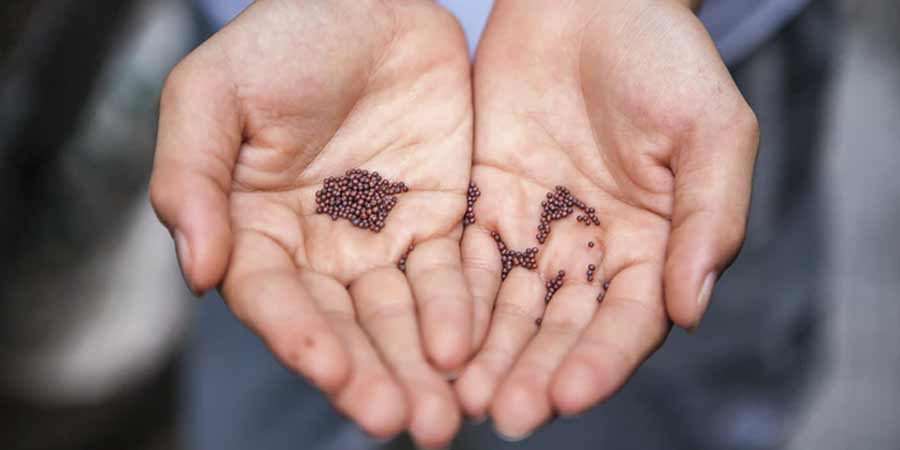
Lifestyle, budget, and location
When choosing which sort of grass you want to plant, these are the things you need to consider.
You have to ask yourself.
What kind of lawn am I interested in growing?
Have I considered the amount of sunlight exposure in your yard?
Will there be foot traffic?
How much maintenance am I going to do?
Take some time to consider all the possible scenarios your lawn has to face. From that, pick the grass you’re sure to survive under those circumstances.
3. Soil preparation
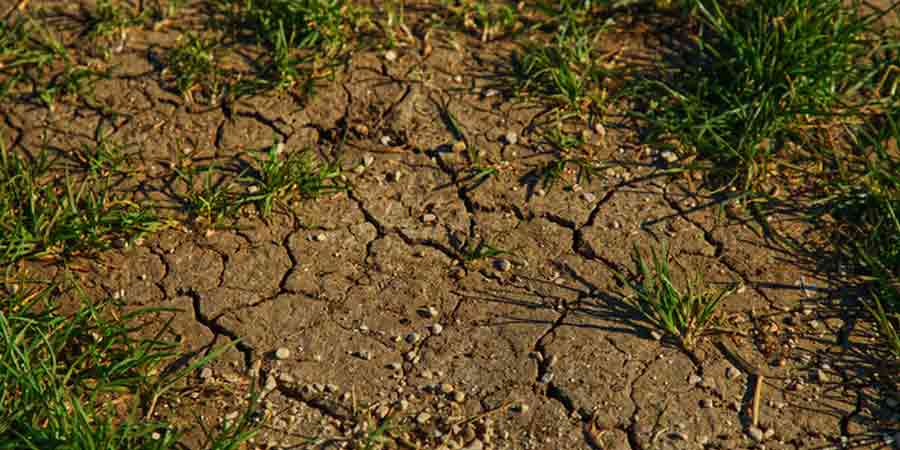
Truth be told.
Growing grass on top of hard dirt is not going to be easy. And it will take a lot of time to be acquainted with the denseness of the soil.
But remember this
The right preparation of the soil is the key. So, ensure that you have removed all big rocks or pebbles in your lawn so that nothing can hinder the grass’s growth.
Using a tiller, you can work the soil over to remove any compaction. You could try breaking down the dirt into pea or marble-sized particles.
4. Surface leveling
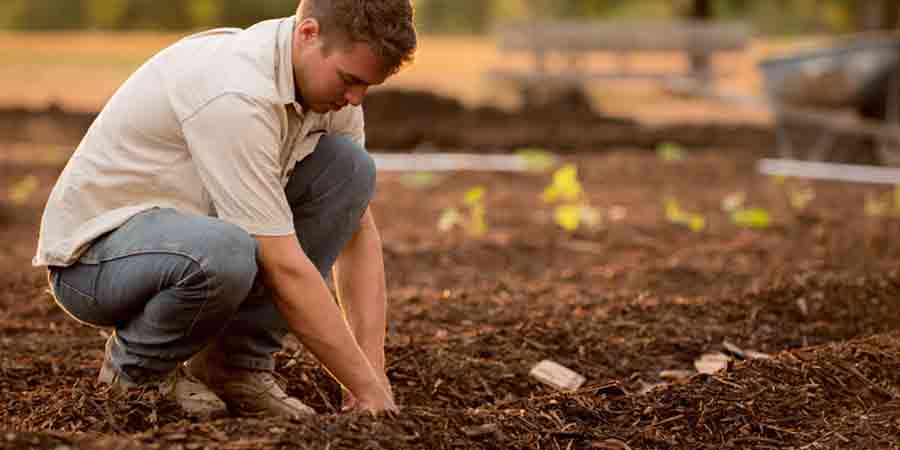
You have to strongly consider your yard’s soil level before putting down any grass seeds.
And you have to take your chance!
It is the perfect time to bring out all kinds of landscape improvement you have in mind. For practical reasons, you could level up the surface to reduce rainwater and avoid flooding. Or perhaps you’re into aesthetics, and with that, you could always add depth.
Whatever it is, it’s for you to decide!
And in filling dirt, it is necessary to understand what clean fill dirt means.
But wait?
Clean dirt? Yes, you got that right, and it refers to the filling of soil free from toxins, organic matter, and large debris.
Your fresh grass’s outcome will be compromised when all of these things contaminate the soil. The grass’s root system would need clean dirt to develop and evolve into the green lawn you so wanted!
Just a tip!
When filling your yard, fill just enough soil to level with the rest of the yard. Don’t forget to use clean soil to build up any areas in your yard if you want to create some elevated dimension.
5. Right soil quality
After deciding your yard design, you can start planning for the appropriate soil structure essential for your grass’s growth.
And here’s what you can do!
You can cover it with topsoil and scatter it across your yard. Then, you can combine it with the existing clean dirt and mix it well.
Raking the surface soil to the clean soil will do the job.
You can also consider the following pointers:
When evaluating the soil: Utilize your spade shovel to collect a three-inch deep soil sample. Make sure to gather from 10 to 12 areas of your lawn!
And then, mix the samples. A single cup of the soil sample is enough, and test it to the nearest Cooperative Extension Service in the area. Be wary of the kind of fertilizer recommended for your lawn’s soil.
Now, till 10 to 12 inches of the soil before applying the fertilizer.
When cultivating the soil: With a depth of 6 inches, loosen the dirt with a cultivator. The preferred way to do this is during the warm season. Bury the compost into the soil 18 inches from the topsoil. The weight of the compost should range from 25 to 50 percent of the soil mixture. Then, you could proceed to take it for soil leveling.
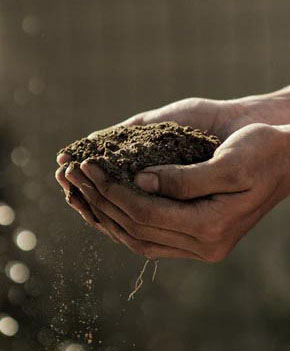
6. The seed-and-feed process
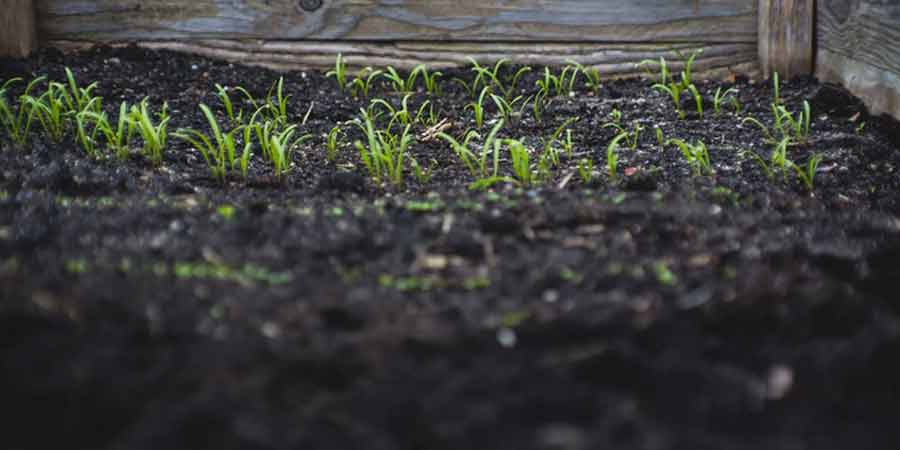
After preparing the soil, you must’ve been planning to bury the grass seeds and manure.
And that’s what you should do next!
It’s up to you to decide what to put down first between the grass seed and fertilize.
But know this
Whatever you choose requires different spreader settings for optimum coverage. Written on the testing bag is its complete instruction. You might want to read it first.
Also, in adding either the grass seeds or fertilizer, start to the perimeter so that you can fill up all the vacant areas of your lawn. The seed-and-feed process is similar to mowing but try to do it in slightly alternating passes.
And be careful!
You don’t want any grass seeds or manure messing up your flower beds or your sidewalk and driveway.
7. Add More Soil
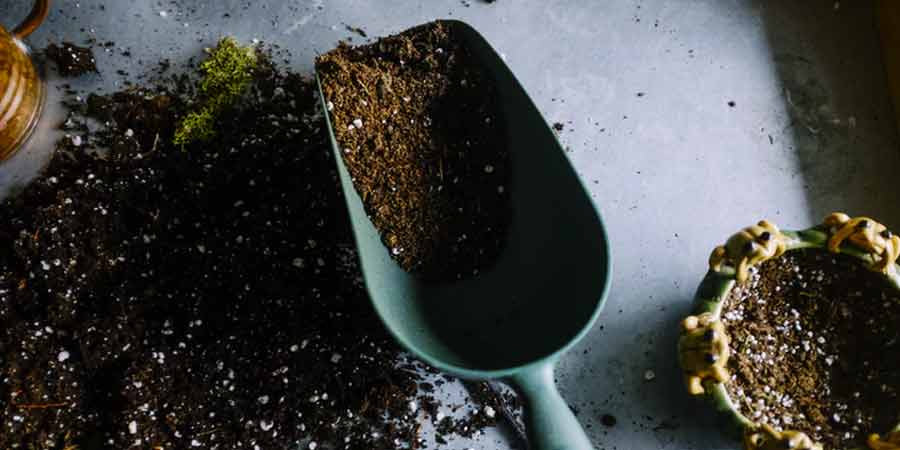
It is advisable to add another thin layer of soil after putting down your grass seed and compost if you want to keep the seeds from either withering out or washing away.
And how would you do that?
Laying down thin topsoil will not cost you a lot of sweat. Just softly raking it will do the job!
8. Hydration
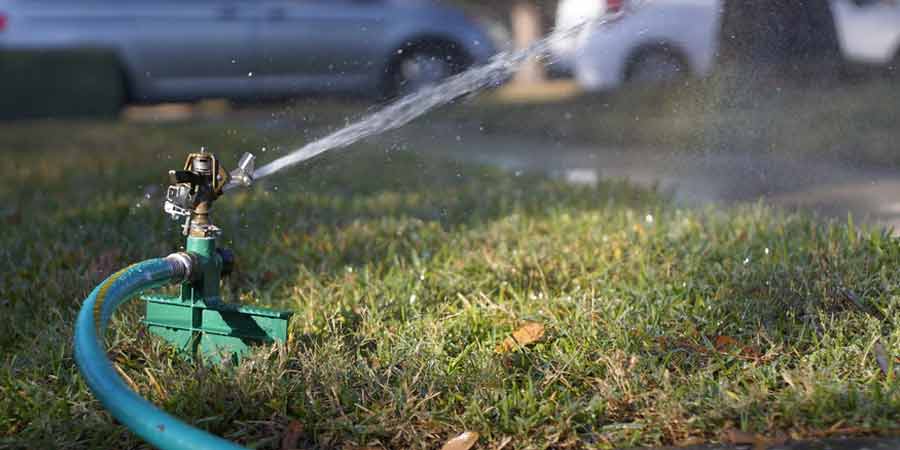
Don’t get wrong with this.
Never overwater your lawn. Just put an adequate amount of moisture to the freshly-seeded soil.
You must direct your goal on keeping your lawn damp from time to time, but not to the point that the topsoil becomes too soft and mushy.
Once a day of spraying your soil would suffice. And during the seed germination, you should only moisten the top two inches from the topsoil.
When the grass finally reaches three inches, your problem will be the soil compaction. The water will hardly reach the soil.
And so, you will have to water it twice per week. It will help the roots to further develop within the ground.
Then try to soak the soil more deeply this time. Six to eight inches is the most preferred.
Factors That Affect The Growth of Grass Seeds
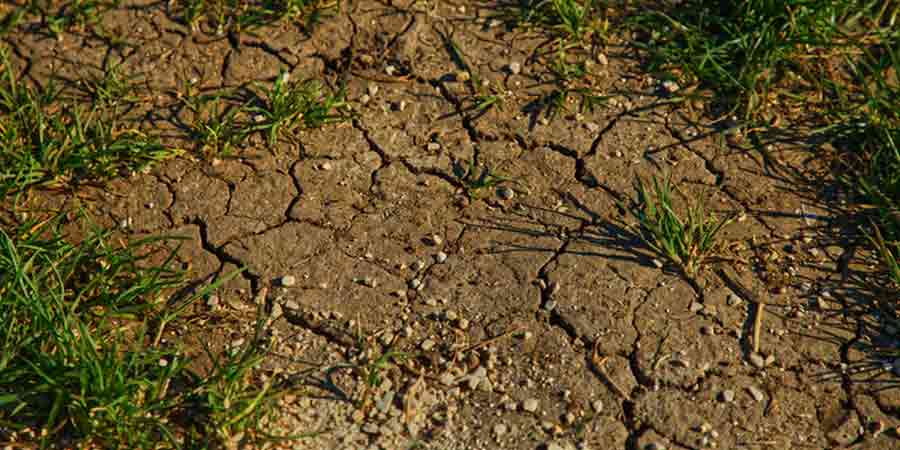
Knowing the cause of the hard dirt in your yard is the first step to solve your problem. It’ll also help you to plan and avoid unanticipated mistakes.
Now, when you say hard dirt, clay is the primary ground composition of your lawn. And this is nobody’s fault.
However, this is a problem.
Clay soil’s distinct character from other types of soil is the heavy compaction. It tends to be the least desired soil for lawns since it has lesser air and water spaces.
It will be difficult for your grass seed to germinate in this kind of soil condition, and immediately watering it will only harden the soil once moisture dries out.
You don’t want this.
You should also take note of the constant foot traffic. Clay and continuous stomping is a bad combination.
The regular application of traffic to a particular area of the soil will make it denser over time.
But don’t lose hope. There’s a remedy to this problem. Just follow the simple tips provided, or it may lead to a more significant problem.
Which leads us to
Neglect.
Without proper maintenance, your land will turn stiff and rigid, which will be very stressful for you to do. But worry not, with the regular tilling and shuffling of the soil, you can still make it aerated and loosed.
After You’ve Planted Grass Seed On Hard Dirt?
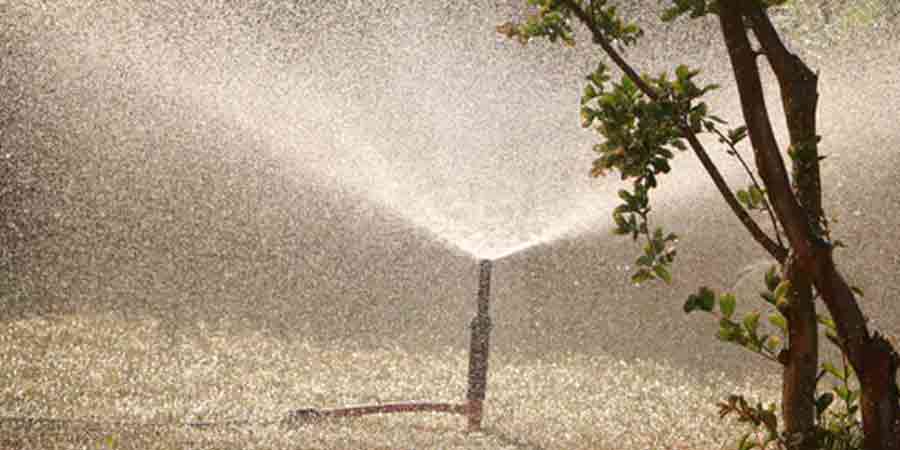
It’s safe to say that proper watering right after planting the grass seed will give you a lusher grass.
But here’s a tip!
In the process of seed germination, there must be moisture on the top-most soil. Putting too much water will just rot the seed, so do not over-water. You must maintain the humidity two inches from the topsoil.
And during the hot season, your seed might need more moisture. Check the soil from time to time.
Mid-morning sprinkling is the most advisable time to water your grass seed. It is when the soil absorbs most moisture before it evaporates.
Condition your lawn to withstand drought and heat.
Make this your goal.
And to build this type of flexibility, you will need fertilizer assistance with high nitrogen content. Apply this four to six weeks after planting your grass seed.
You should use a natural slow-release organic fertilizer rich in nitrogen and spread it on your lawn.
Take note to apply it four times throughout the year separately. Generally, the measure is half to one pound of the fertilizer is used per one thousand sq. ft. of your lawn.
But you should still see the label of your fertilizer to ensure that you applied the right ratio.
Wait – there’s more
When applying the fertilizer, the approximate routine should be on every 8th week of autumn, spring, and summer. It should start in the planting season, and after four to six weeks, you can sprinkle the grass seeds.
It is the time when your lawn’s soil has already received the supplemental nutrient from the compose, improving the fertilizer’s performance.
Can You Just Sprinkle Grass Seed On The Lawn?

The sprinkling of grass seed is the traditional means of seeding. It is the natural way of how grass seeds independently grow.
Sprinkling is also efficient when you don’t have much time, and you just have to make sure that most of the grass seeds are in contact with the soil.
But what’s the catch?
The seeds thrown in areas where there is poor soil condition will have difficulty germinating. And your grass will just randomly grow.
So, if you bought expensive grass seeds, it is in your best interest to ensure that all of them will grow into healthy grasses on your lawn.
These seeds are meticulously chosen from careful breeding, growing, harvesting, cleaning, packaging, and shipping before you had them in your hands.
So, you might think twice before sprinkling them.
If you chose the careful means of individually planting them, you would have to prepare the soil.
How Long Will It Take Your Grass to Grow?

If you’re excited to see the progress, you should know that grass typically grows from 5-30 days after planting.
But to further elaborate, these following agent plays a significant role in your grass’s growth.
Temperature: The heat intensity in both soil and air is a fundamental component you must consider in growing grass. Germination is usually conducive when done in a warmer environment.
Season: The grass type must always coincide with the season that will support its growth. This one is a critical factor that people ignore.
The warm-weather grass variety would undergo dormancy when planted in the cold season.
That’s a fact.
It would wait until warm weather arrives to facilitate its growth. It is only through a proper environment that you can see the grass’s growth.
Sunlight: You might want to check the amount of sunlight that your yard receives. Upon assessing, proceed with the grass that would do well on this set-up.
Climate could be a significant determining factor. So if you have a cool climate, planting grass seed must proceed during early fall.
But why?
When the soil is still dry from the summer, there is lesser yearly weed pressure. So, it gives your lawn the chance to establish itself in the absence of heat, drought, and troublesome weeds.
Conclusion: How to Plant Grass Seed On Hard Dirt?
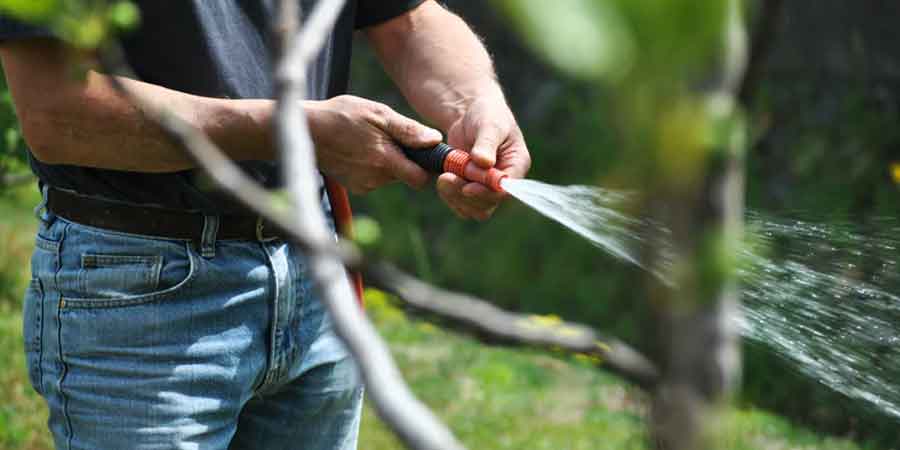
And oh, before I forget,
Grass seeds don’t do well with other grass plants. The competition for nourishment is rigid, and it gives them a hard time to germinate.
So, to keep them from unwanted grass or weeds, cultivate them regularly, or at least, rake them.
Easy, right?
I’m sure you now have the idea of what to do with that heavily compacted lawn. Just be mindful of the given procedures, and all will undoubtedly be well.
If you have the will to make the best out of your lawn, no hard dirt can ever stop you!
Related: Best Grass Seed For Your Garden
